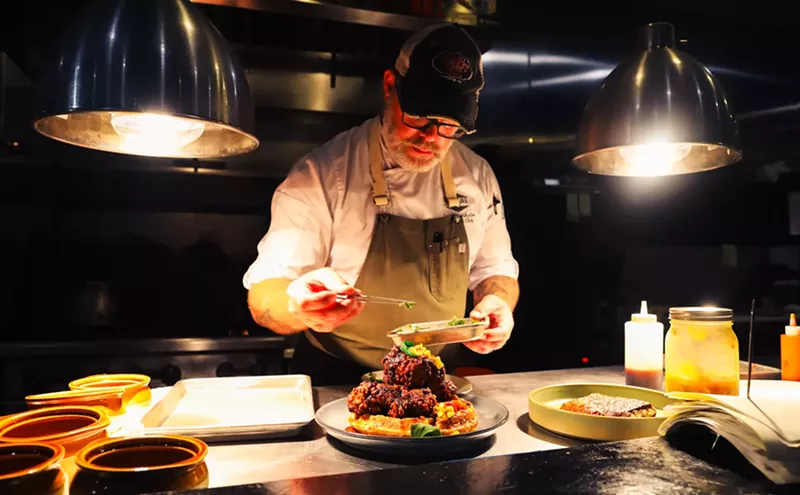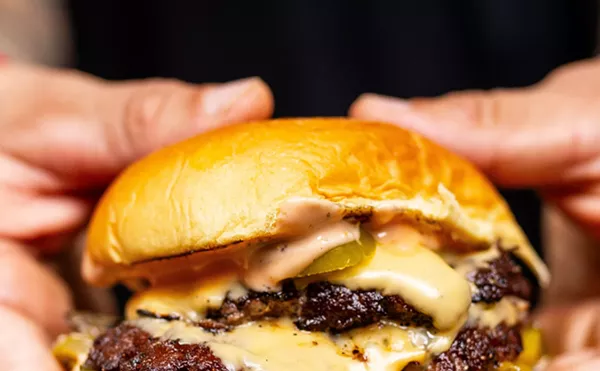If Memory Serves chronicles moments from my dining past, perhaps explaining why I'm so damn warped.
I wrote the restaurant section to a travel guide while I lived in Prague--and if I could remember which one I'd advise you to stick it back on the shelf and pick up another.
It wasn't for Lonely Planet. I do know that much.
This was in 2006. The guides refresh their information every other year or so to keep them up to date. Of course, within a month after I filed the section with a London-based editor, three new must-visit places opened up--which I assume will not appear in print until the next edition, probably coming out now.
And, presumably, each kitchen has already peaked and tumbled toward mediocrity.
So maybe my edition is out of print. I did learn something picking through the guidebooks, though. Aside from the problem of keeping up with an ever changing urban scene, there are certain things they just don't want to say.
For instance, almost every book I flipped through raved about the
signature Czech dish called svickova (pronounced sfeechkovah) and their
ever-present dumplings.
The former is a presentation of slow roasted meat in a creamed
mirepoix, with dumplings on the side. Dumplings, by the way, come with
just about every staple in that country, from goulash to roast duck
with cabbage.
What few of the guidebooks tell you is this: except in rare cases, the
svickova you find in pubs and restaurants is considered merely
passable, even by Czechs themselves. In fact, I heard over and over
that real svickova can only be found in private homes--particularly
those in remote villages.
Until the collapse of the communist state, Czech restaurants were
limited to a single recipe book, nationwide. It has taken until the
past five years for a fine dining culture to re-emerge, with the city
earning its first Michelin star in 2008. During the communist era,
skilled cooking moved indoors, so to speak--to kitchens run by wives
and grandmothers. I was told many times that Czechs expect pub and
restaurant meals to be worse than what they get at home...although this
is changing rapidly.
So the guidebooks would sell you on restaurant svickova, knowing it was considered inferior. And the dumplings?
These, for the most part, are lumps of white bread dough boiled into a
spongy state. The better stuff includes mixed in bits of day old
dumpling. Exquisite, right?
Yet, that being said, I would if writing for another guide, urge
travelers to dig in. Dumplings serve a purpose, soaking up any and all
sauce on the plate. They're a reminder of leaner times when people
would not dare waste a drop or morsel. Dumplings, in other words, are
not meant to provide enjoyment on their own.
But so many guidebooks suggested otherwise, using words like "fluffy" and "wonderful."
At least I didn't write anything so misleading. I don't think.












